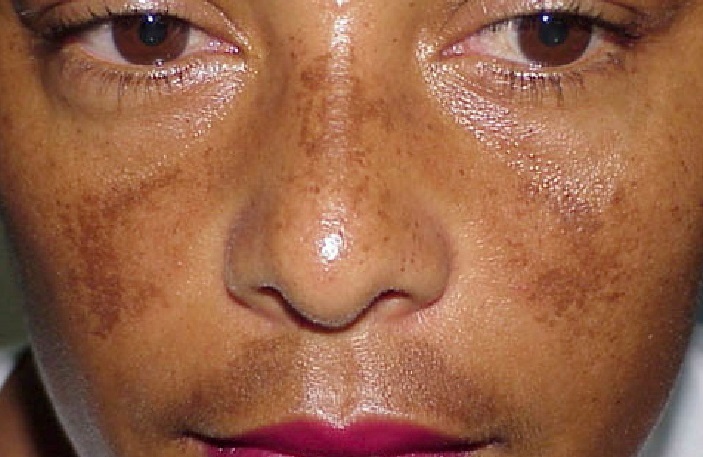Pigmentation issues, including dark spots, melasma, and post-inflammatory hyperpigmentation, can affect anyone and often require professional treatments for long-term results. While several solutions are available, many people seek a permanent fix to achieve clear, even-toned skin. If you are searching for a reliable Hyperpigmentation Treatment in Islamabad, this article will help you explore the most effective long-lasting options.
Understanding Permanent Pigmentation Treatments
Some pigmentation treatments provide temporary improvements, while others offer long-lasting or even permanent results. The effectiveness of a treatment depends on factors such as the cause of pigmentation, skin type, and consistency in following aftercare instructions.
Best Permanent Treatments for Pigmentation
1. Laser Therapy
Laser therapy is one of the most advanced and effective solutions for treating pigmentation permanently. This treatment targets melanin deposits in the skin, breaking them down to reduce dark spots and uneven tone. Popular laser treatments include:
- Fractional CO2 Laser: Stimulates collagen production and removes pigmented layers of skin.
- Q-Switched Laser: Specifically designed to target deep pigmentation, such as melasma and sunspots.
- Intense Pulsed Light (IPL): Works well for lighter pigmentation and sun damage.
2. Chemical Peels
Chemical peels involve applying a solution to the skin that exfoliates the top layer, allowing new skin to regenerate. Depending on the severity of pigmentation, dermatologists recommend:
- Superficial Peels: Light peels with glycolic or lactic acid for mild pigmentation.
- Medium Peels: Trichloroacetic acid (TCA) peels for moderate pigmentation.
- Deep Peels: Phenol peels, which penetrate deeper layers and provide more permanent results.
3. Microdermabrasion and Dermabrasion
- Microdermabrasion: A non-invasive technique that gently exfoliates the skin, improving mild pigmentation.
- Dermabrasion: A more aggressive technique that removes deeper pigmentation and provides long-term results.
4. Microneedling with PRP
Microneedling, combined with Platelet-Rich Plasma (PRP), stimulates collagen production and breaks down pigmentation. Over multiple sessions, this treatment offers lasting improvements in skin tone and texture.
5. Cryotherapy
Cryotherapy involves freezing pigmented spots with liquid nitrogen, causing them to peel off over time. This is particularly effective for localized pigmentation, such as age spots and freckles.
6. Topical Treatments for Maintenance
While topical creams and serums may not provide permanent results on their own, they are essential for maintaining improvements after professional treatments. Ingredients like hydroquinone, retinoids, vitamin C, and azelaic acid help prevent pigmentation recurrence.
How to Maintain Results After Treatment?
Achieving permanent pigmentation removal requires proper aftercare. Follow these essential steps:
- Use Sunscreen Daily: Sun exposure is a major cause of pigmentation. Apply broad-spectrum SPF 50 sunscreen daily.
- Follow a Skincare Routine: Use dermatologist-recommended products to maintain an even complexion.
- Avoid Skin Trauma: Picking at acne or scratches can lead to post-inflammatory pigmentation.
- Get Regular Follow-Ups: Schedule visits with your dermatologist to monitor your skin’s progress.
Conclusion
Laser therapy, chemical peels, and microneedling are among the best permanent solutions for pigmentation. However, maintaining results requires proper skincare and sun protection. If you’re looking for expert guidance, visit Royal Cosmetic Surgery Clinic PK to explore personalized pigmentation treatments that ensure long-lasting results.





Comments